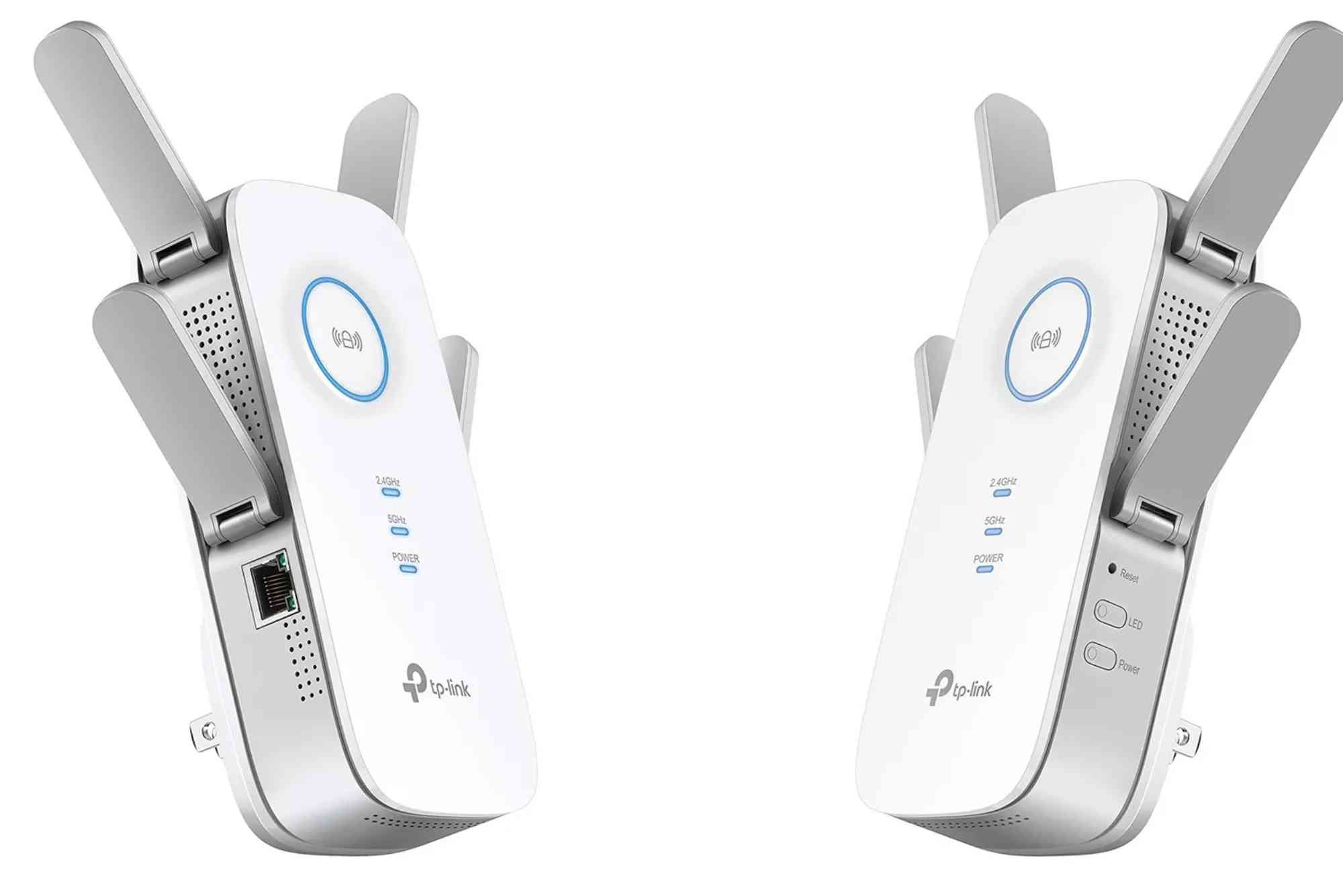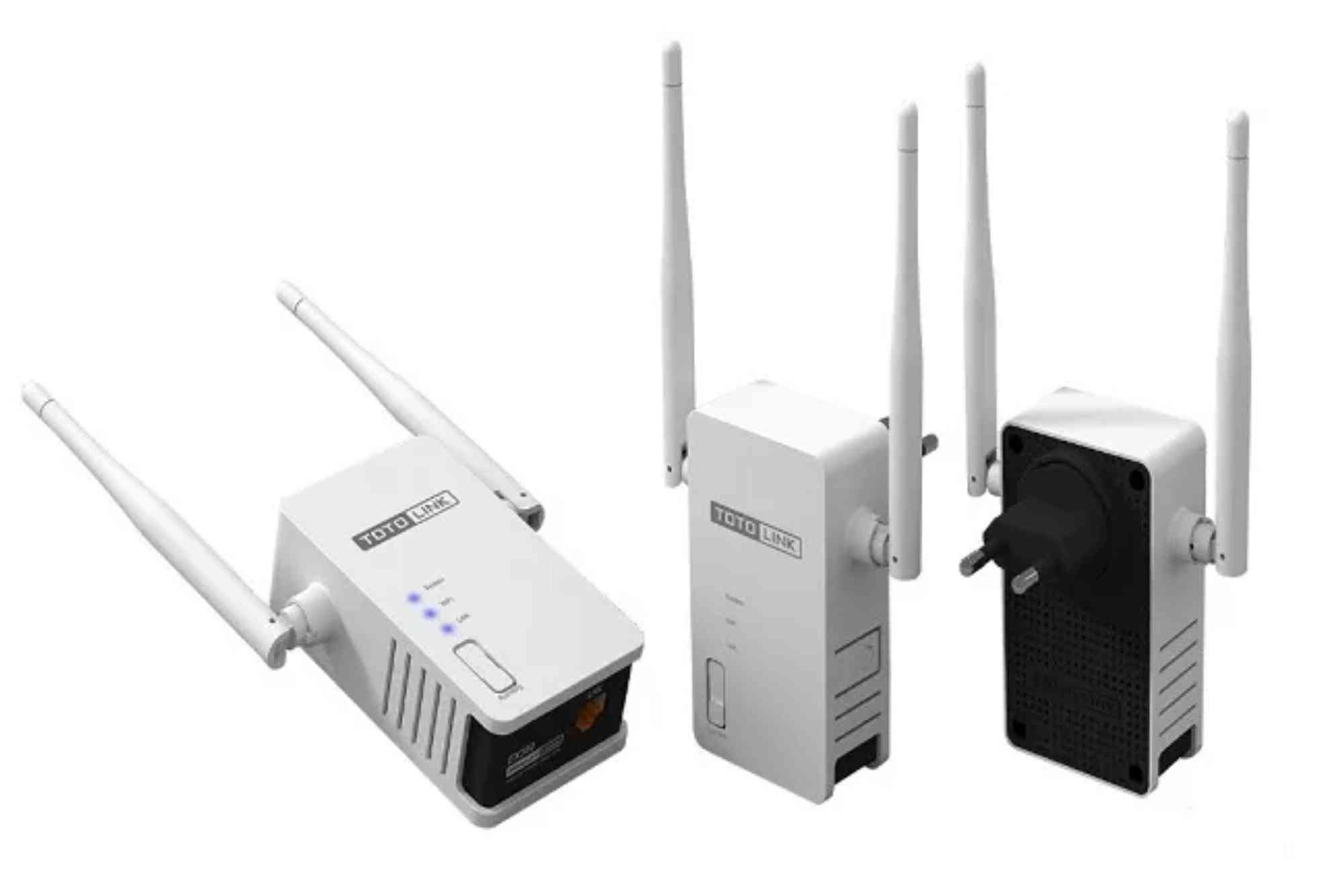In today’s digital landscape, fiber optic internet has become the standard for fast and reliable connectivity. Many homes and businesses, including areas like Orange Theory Mountain View, rely on fiber for its unparalleled speed and stability. However, with high-speed connections comes the responsibility of maintaining robust internet security. Understanding fiber optic internet security is essential for protecting sensitive data, preventing cyber threats, and ensuring seamless online experiences.
Understanding Fiber Optic Internet
Fiber optic internet relies on strands of glass or plastic to transmit data as light signals. Unlike traditional copper cables, fiber provides higher bandwidth and faster speeds, making it ideal for modern applications. This technology enables smoother video calls, rapid downloads, and reliable cloud access. Yet, the advanced nature of fiber also requires specific security considerations.
How Fiber Optics Differ from Other Connections
Fiber optic cables transmit information using light, which makes them inherently harder to tap into compared to copper cables. This physical security advantage reduces some traditional risks, but it does not eliminate cybersecurity threats entirely. Threats such as malware, phishing, and unauthorized access still target the devices and networks connected via fiber.
The Role of Fiber in Modern Networking
For businesses and tech-savvy households, fiber optic internet is a cornerstone of digital infrastructure. High-speed networks support complex operations, including remote work, large-scale data transfers, and IoT integrations. However, the faster the network, the quicker potential vulnerabilities can be exploited, emphasizing the importance of proper fiber optic internet security measures.
Common Fiber Optic Internet Security Risks
Even though fiber technology is more secure physically, several cybersecurity risks remain. One significant concern is network intrusion. Hackers can infiltrate routers or connected devices, bypassing the physical cable’s security. Weak passwords or outdated firmware can make networks susceptible to unauthorized access.
Another risk involves phishing and malware attacks, which can compromise devices even on a fiber connection. Cybercriminals often exploit human behavior rather than the cable itself, emphasizing that users must remain vigilant. Additionally, data breaches or leaks from cloud services connected via fiber internet pose another layer of risk.
Physical Security Considerations
While tapping a fiber optic cable requires sophisticated equipment, it’s not impossible. Maintenance crews, contractors, or malicious actors with access to the infrastructure could theoretically compromise the signal. This makes monitoring and securing physical access points essential for businesses with sensitive information.
Network Configuration and Access Control
Proper configuration of routers and firewalls is critical for fiber optic internet security. Misconfigured networks can leave gaps for attackers, even if the fiber infrastructure itself is secure. Implementing strong passwords, network segmentation, and multi-factor authentication helps mitigate these risks.
Best Practices for Securing Fiber Optic Internet
Maintaining a secure fiber connection involves both technical and behavioral measures. Regularly updating routers, modems, and connected devices ensures that known vulnerabilities are patched. Monitoring network activity can help identify unusual patterns that indicate potential security breaches.
Additionally, using a virtual private network (VPN) adds an extra layer of encryption for data traveling across the internet. For businesses, employing intrusion detection systems and advanced firewall configurations further enhances protection. Users should also educate themselves and their teams about phishing tactics and safe online practices.
Protecting Devices Connected to Fiber
Every device connected to a fiber network becomes a potential entry point for threats. Ensuring that computers, smart TVs, and IoT devices have up-to-date antivirus software reduces the risk of compromise. Strong authentication, such as multi-factor authentication, is a simple yet effective tool to prevent unauthorized access.
Backup and Recovery Strategies
Even with strong security measures, no system is completely immune. Regular backups and a well-planned recovery strategy can minimize the impact of any potential breach. Cloud-based solutions often complement fiber networks, offering both convenience and redundancy, but these too should be secured with robust passwords and encryption.
Fiber optic internet offers speed and reliability that transform both personal and professional connectivity. However, maintaining strong fiber optic internet security is essential to protect sensitive data, prevent cyber threats, and ensure uninterrupted service. By understanding potential risks and implementing best practices, users can enjoy the full benefits of fiber connectivity without compromising safety.
For reliable fiber services and expert guidance on internet security, consider exploring resources like Dhanote Internet Services to help secure and optimize your network. Don’t wait—take action today to protect your digital environment.
FAQ
Is fiber optic internet safer than traditional broadband?
Yes, fiber offers inherent physical security advantages, but network and device-level cybersecurity measures are still crucial.
Can fiber optic cables be hacked?
Direct cable tapping is difficult, but connected devices and networks can be compromised through malware, phishing, or weak passwords.
Do I need antivirus software with fiber internet?
Absolutely. Even on a fiber network, devices can be infected by malware or targeted through phishing attacks.
How can I secure my home fiber network?
Use strong passwords, enable firewalls, update firmware regularly, and consider a VPN for encrypted online activity.
What makes fiber internet different from other types of internet?
Fiber transmits data as light, offering faster speeds and higher bandwidth compared to copper or DSL connections.








